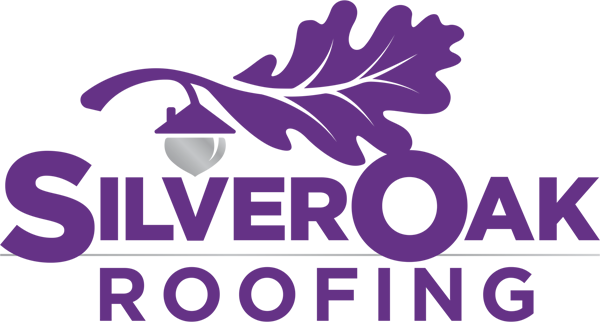
Wildlife Woes: Handling Animal Intrusions on Your Oakville Roof
Jan 6
1 min read
0
4
0
As the weather cools, local wildlife often seeks warmth in human homes, creating roofing problems. At Silver Oak Roofing, we understand the challenges posed by these intrusions and offer effective solutions.

Common Wildlife Entry Points
Eaves and Vents: Animals often enter through these weak spots.
Chimneys: Uncapped chimneys are attractive entry points.
Existing Holes: Any pre-existing holes or damage can provide easy access.
Signs of Wildlife Intrusion
Nesting Materials: Look for twigs, leaves, or other nesting materials.
Scraps of Food: Leftover food can indicate animal presence.
Animal Feces: Accumulation around entry points is a clear sign.
Damage to Roof Components: Loose flashing, missing shingles, or new holes may indicate animal activity.
Preventive Measures
Regular Inspections: Periodically check your roof for signs of animal intrusion.
Debris Removal: Clear leaves and other debris to prevent hidden damage.
Seal Entry Points: Fix any holes or weak spots to block access.
Identifying Intrusions
External Inspection: Look for visible signs around the roof and exterior of the home.
Attic Inspection: Check the attic for signs of nesting, droppings, or damage.
Conclusion
Wildlife intrusions can cause significant damage to your roof if not addressed promptly. Regular inspections and timely repairs by a professional roofer, like Silver Oak Roofing, can help prevent these issues.
For more information on managing flat roof challenges, click here.






